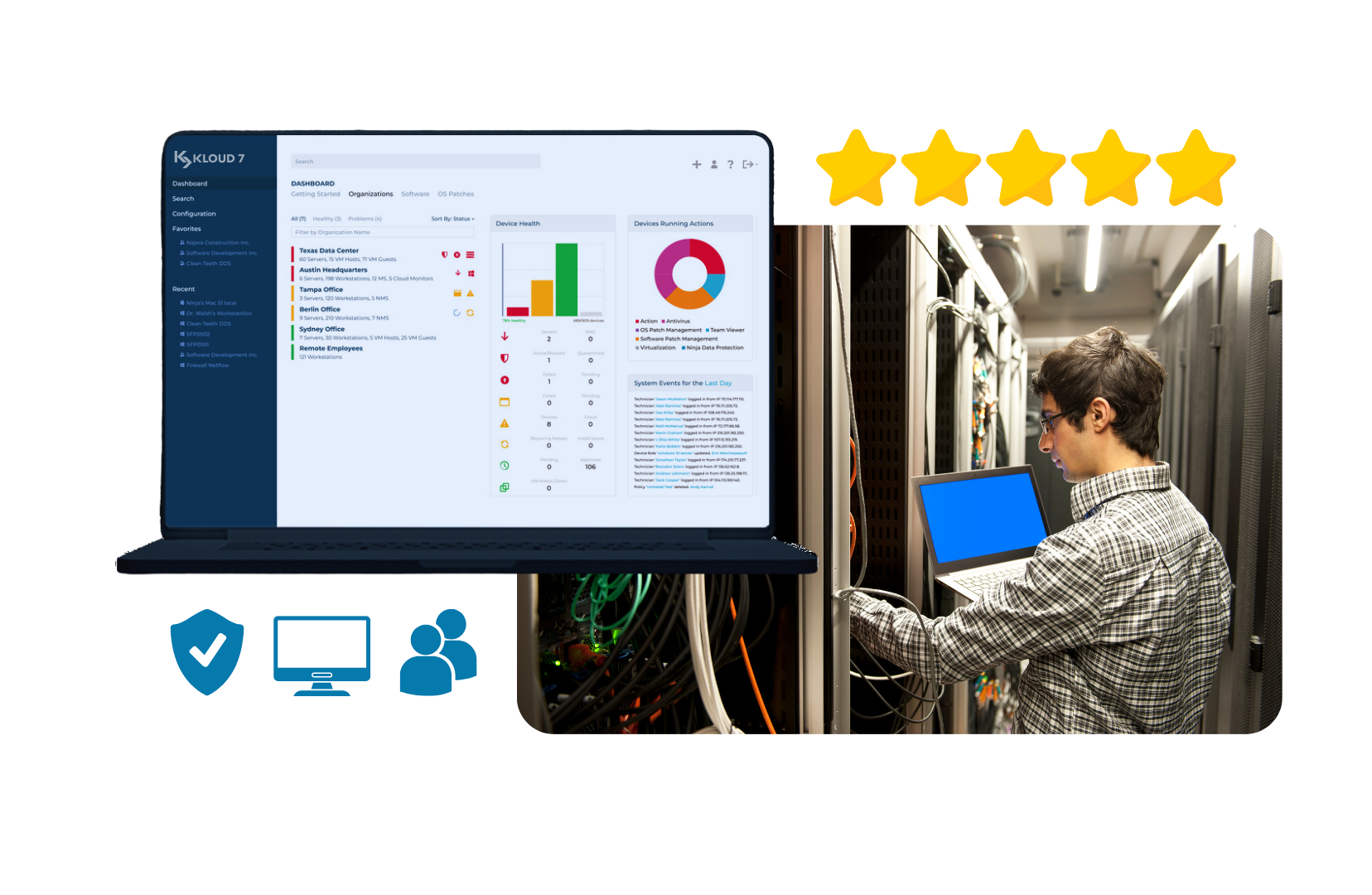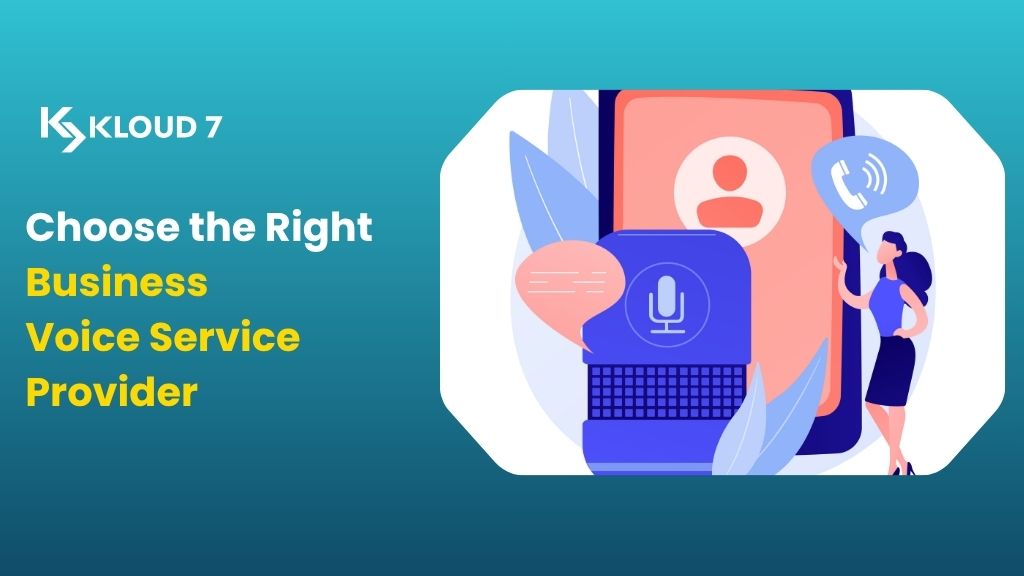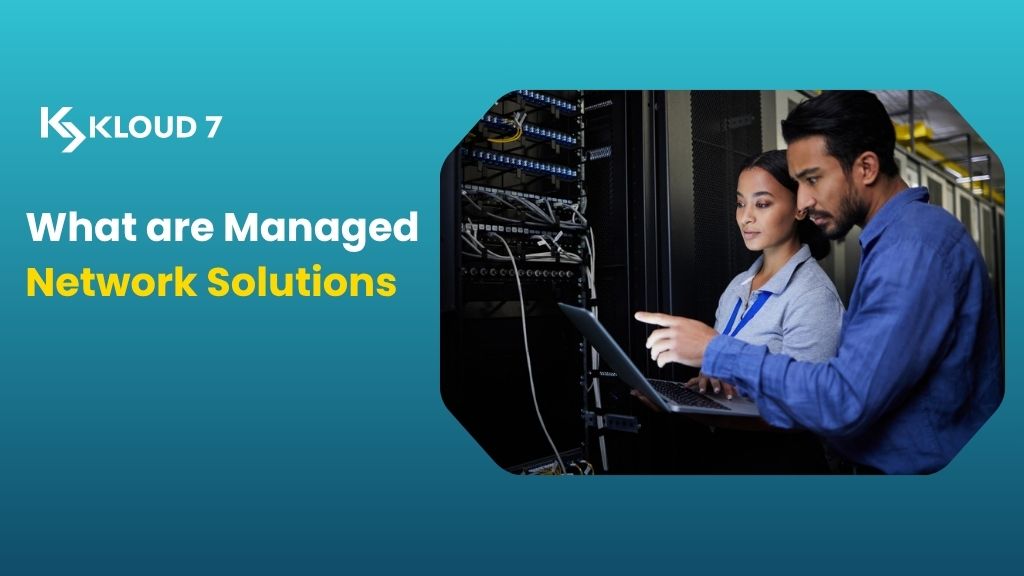In the fast-changing field of communication technology, more and more businesses are looking for ways to enhance their telephony system while keeping costs to the minimum. One solution that has garnered considerable attention in the last few years is SIP trunking services. This new business model has changed the way companies handle their voice calls by providing them with an inexpensive, flexible, and expandable answer compared traditional phone systems. This article first describes the concept of SIP trunking services and the benefits of them, then explains how they differ from traditional trunking service.
What is SIP Trunking?
SIP trunking is a novel type of communication service. It enables businesses to connect their own private branch exchange (PBX) systems through the internet, means making voice over IP (VoIP) calls. SIP (Session Initiation Protocol) is a communication protocol used to set up, maintain, and terminate voice calls over the internet. In the traditional corporate telephone system businesses would use physical phone lines such as analogue or digital circuits to make voice calls. SIP trunking, however, uses the internet to make such calls, costs are much reduced and flexibility is greater.
A SIP trunk is basically a provide U.S. domestic phone lines in the state of California between addition to the company’s internal PBX system and between PSTN (Public Switched Telephone Network) over the internet.SIP technology replaced traditional telephone lines and copper cables. It is now possible to make both incoming and outgoing calls through this innovative method of making phone calls using the internet. With this service come video calls, text messaging and other multimodal forms of communication.
Key Benefits of SIP Trunking Services
One of the main reasons businesses now adopt SIP trunking systems is to save big on telephone costs. Benefits of using SIP Trunking, rather than conventional trunking, include:
Save Money
The main reason why many businesses today use SIP trunking services is that it will save you money on those phone bills. Traditional PBXs can be expensive: you need not only hardware but also maintenance costs and charges for every call or out-of-area communication. SIP trunking, however, utilizes the internet – something the cost of a call cannot be traded for. Especially when making long distance and international calls, this can result in substantial savings. In particular, companies with headquarters in different cities or a global presence are likely to receive even more financial benefits.
Also, with SIP trunking, companies do not need to invest heavily in physical phone lines or hardware. Because the service is hosted in the cloud, there is no on-site PBX equipment to purchase and less overall infrastructure cost involved.
Scalability
In classic phone systems, the number of physical lines and equipment available limits a company. Should a business grow, it might need costly upgrades or additional installations to expand the volume of calls it can handle. By contrast, SIP trunk services are incredibly scalable. Companies can add or subtract trunks at will, which allows them to increase or cut capacity according to demand.
This scalability makes SIP trunk systems an ideal solution for businesses that have call volumes that change significantly during the year, or are set to grow. There is no need to make complex and expensive changes in infrastructure, since the SIP trunking system itself can readily accommodate future expansion.
Flexibility
Having SIP trunking services means added flexibility for the way businesses operate with respect to communications. Traditional trunking methods practically bind businesses to one location or set of phone lines. SIP trunking allows greater mobility. Being above all internet-based, employees can now send and receive calls from just about anywhere, as long as internet connectivity is in place. Thus, this service becomes truly helpful for businesses with remote workers, globally dispersed teams, or those who have a flexible work-from-home arrangement.
Another selling point of SIP trunking is that it works well with Unified Communications (UC); businesses use UC to converge voice, video, messaging, and collaboration tools. The all-in-one concept helps streamline the client communications process while improving productivity.
Reliability and Redundancy
Compared with traditional trunking services, SIP trunking call services present an incomparably reliable option. Since calls are delivered over the Internet, the Failover mechanism results in a totally new call being sent on another line in case of poor connectivity. Furthermore, data centers for SIP Trunking services are set up in different locations geographically which enables them to provide disaster recovery services at a high standard. In case of a local failure, traffic can be redirected through another data center without any interruption in service:
Advanced Features
Free with every SIP trunking service white-label voip and digital phone/fax equipment, secure-tunnel telephony, call supervision features With no Need of eavesdropping- With traditional phone systems other hardware or software to use these services must often be purchased. However, the set of features offered by SIP trunking call services is in itself simple and complete, putting it well ahead of traditional equipment with its one-off cost:For example, you can also now implement modern business means of communication while still integrating it with simple SIP features (like telephone calls) after only a few mouse clicks. As a result, your company operations have been proud of the fact that both our home phone company and his company phones can easily be reached via an online interface, although they will differ in appearance from when the user is inside a True Internet Phone system Vice at work.
How Does SIP Trunking Differ from Traditional Trunking Services?
Trunking is a broad concept and SIP trunking is one of it. So, knowing the difference between trunking services and traditional trunking services is a vital part of using SIP trunking. Trunking services refer to the service announced by this method, thus comprising – technologies that provide for joint usage and sharing of multiple lines or conduits for communications by two or more users or devices. Such arrangements are usually meant to optimize usage of phone lines within a business and reduce their costs.
By the way, copper or fiber optic lines are the most common trunk lines in a traditional telecommunication – directly dedicated to the voice calls. Expenses incurred in setting up these trunk lines are considerably high. Further, their maintenance costs add to the initial costs incurred in the installation of trunk lines. In addition to this, they are truly limited by scalability and flexible use. Furthermore, in older systems, most long-distance calls are charged at high rates and may not be well integrated with modern communication devices.
SIP trunking, however, routes voice calls through the internet, which lends it more flexibility, scalability, and cost savings. SIP trunking uses the power of the internet instead of physical phone lines; therefore, customers of the SIP Telecom can easily adjust capacity as per requirements. SIP trunking affords integration with other communication technologies and allows the business to build a system that is fully unified into a communication system.
Why Businesses Should Choose SIP Trunking Services
To remain agile, reduce operational costs and enhance communications systems, in today’s very competitive business environment firms have to do many things.SIP trunk services can help companies achieve all these objectives. Through replacing the Internet with traditional telephone lines, businesses can scale communication systems for speed, flexibility, and convenience. Also, SIP trunk services provide all sorts of communication features as well as integration options. This way, your business can stay productive and connected to the world at large.Whether a small business requires SIP trunks to save costs or a large corporation needs the scalability and reliability of such a solution, SIP trunking meets modern demands for communication.
Conclusion
Today, SIP trunking has completely transformed the way organizations now have their telecommunication managed. With the use of an internet entity, organizations can save money as well as increase scalability, increase flexibility, and merge telephony with other means of communication. To adapt with fast-changing needs of today in terms of remote work arrangements and globalized collaboration, one thing companies will remain or hold onto is SIP trunking in their communication strategies.
In fact, the time is ripe for companies that have been stuck to trunking services or phone lines for years to explore whether SIP trunking is their solution. With the help of a good provider, you can rewire your communications towards winning in the modern business environment.
For more information visit kloud 7 to keep yourself updated with the latest news and information!




